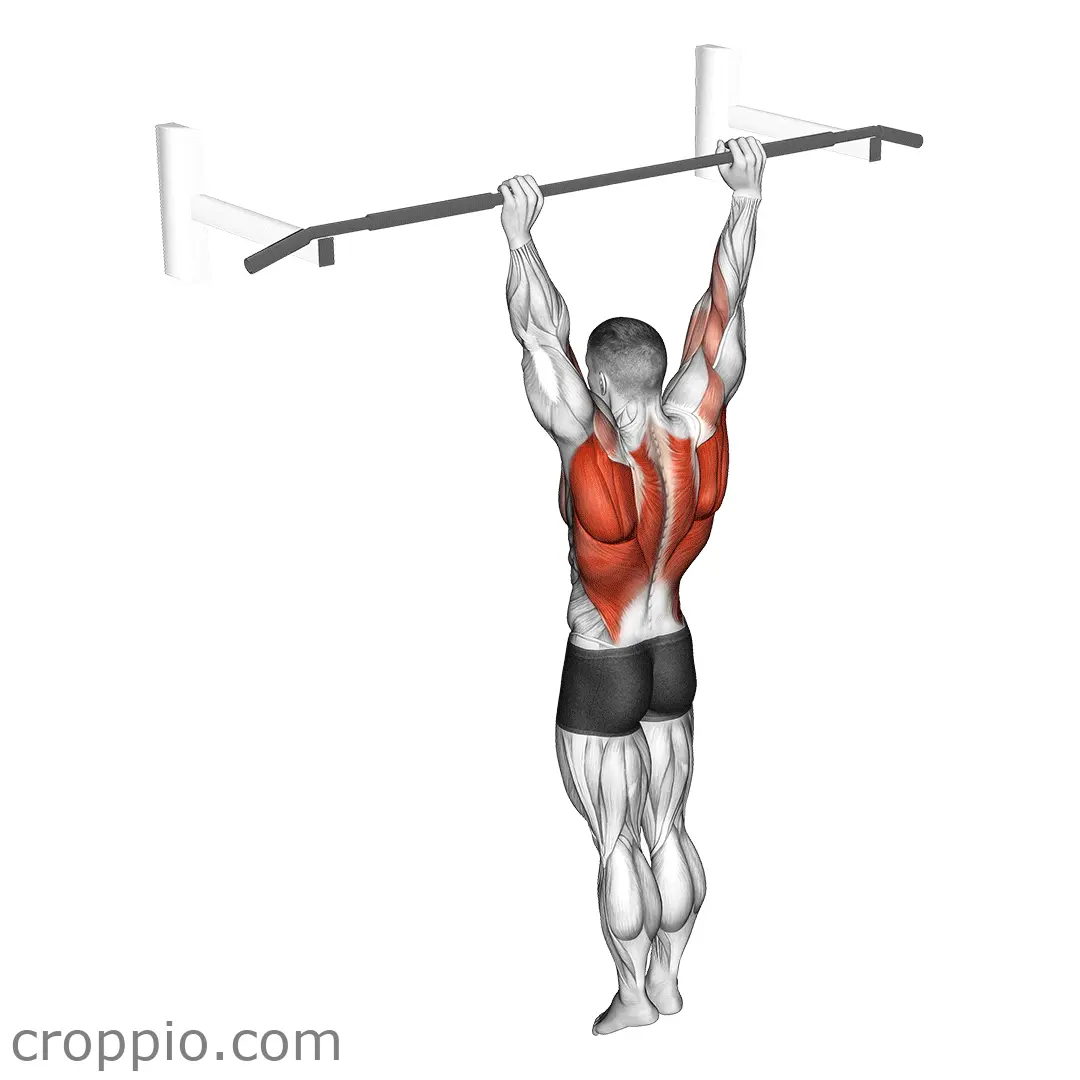Barbell Seal Row

Muscles Involved
The barbell seal row primarily targets the upper back and shoulders, effectively engaging the latissimus dorsi, rhomboids, and trapezius muscles. As a compound movement, it also activates the rear deltoids and the teres major. Secondary muscles involved include the biceps brachii and the forearms, which assist in the pulling action. The seated position and chest support eliminate momentum, making the muscles work harder to drive the weights.
Top Mistakes
- Neglecting to maintain a straight posture, leading to excessive strain on the lower back.
- Using excessive body movement to lift the bar, which can reduce effectiveness and increase injury risk.
- Performing the exercise with weights that are too heavy, which can compromise form.
- Failing to control the descent of the bar, which can lead to poor muscle engagement.
Execution Tips
- Begin by lying face down on a flat bench with your chest supported, ensuring that your legs are firmly anchored.
- Grip the barbell with both hands, slightly wider than shoulder-width apart, and allow it to hang at arm's length.
- Engage your core to maintain spinal alignment throughout the movement.
- Pull the barbell towards your lower rib cage while keeping your elbows close to your body, squeezing your shoulder blades together at the top of the movement.
- Lower the barbell slowly and with control, maintaining tension in the targeted muscles.
Workouts
The barbell seal row can be effectively incorporated into a strength training regimen. Aim for 3 to 4 sets of 8 to 12 repetitions, depending on your fitness goals. It can be paired with complementary exercises such as bench presses and lat pulldowns for a comprehensive back and shoulder workout. Additionally, consider incorporating push-ups or overhead presses to promote upper body balance and strength.
Conclusion
The barbell seal row is an exceptional exercise for developing upper back strength, increasing shoulder stability, and improving overall posture. By minimizing the influence of momentum, it fosters muscle engagement and control. When performed correctly, this exercise can lead to significant strength gains and enhance athletic performance, making it a valuable addition to any fitness routine.



